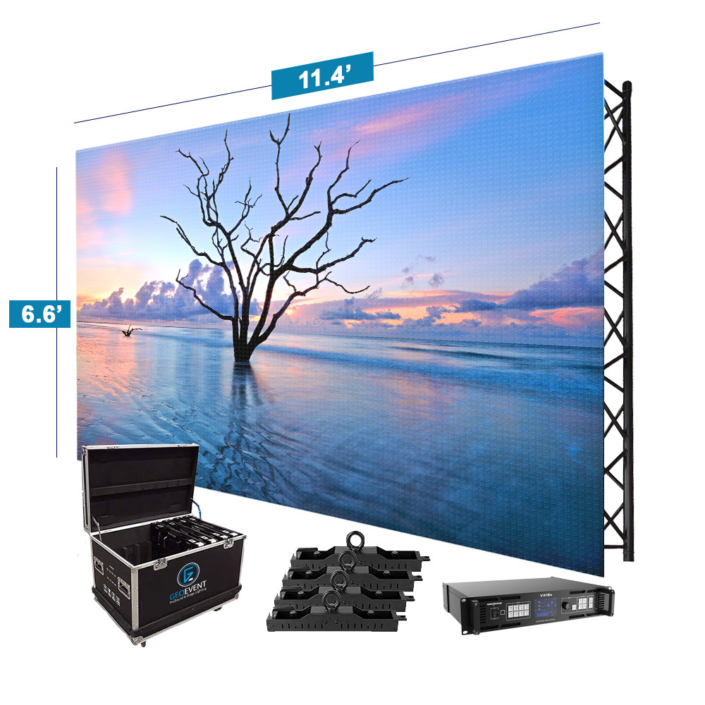Investigating the Key Elements That Influence Hue Consistency in Light Emitting Diode Wall Panels for Ideal Visual Performance
Investigating the Key Elements That Influence Hue Consistency in Light Emitting Diode Wall Panels for Ideal Visual Performance
Blog Article
Hue uniformity in light-emitting diode wall panels is crucial for achieving maximum optical output. LED wall panels are widely used in various environments, including musical events, meetings, and promotional displays. When the colors on these panels are uniform, they create a more engaging and immersive experience for audiences. Several critical elements affect hue uniformity, including the quality of the light-emitting diode elements, tuning procedures, and surrounding factors.
The caliber of the LED components plays a significant role in hue uniformity. Various types of light-emitting diodes produce light at varying wavelengths, which can affect the overall color output. High-quality LEDs are designed to produce a more uniform light spectrum, resulting in better color accuracy. Additionally, the manufacturing method of these light-emitting diodes can affect their functionality. Screens made with high-grade materials and techniques tend to have less hue differences, guaranteeing that the shown pictures and footage look lively and faithful to reality.
Tuning is another essential factor in preserving color uniformity in light-emitting diode wall panels. Tuning entails adjusting the settings of the screen to ensure that the colors displayed align the desired appearance. This process can include adjusting luminosity, contrast, and hue equilibrium. Frequent tuning is necessary, especially in environments where illumination factors change frequently. By calibrating the screens, specialists can correct any discrepancies in hue result, resulting to a more uniform viewing encounter.
Surrounding factors also affect color consistency in light-emitting diode wall screens. Elements such as ambient light, temperature, and humidity can affect how hues are seen. For instance, bright surrounding light can dull colors, making them appear more lively. Similarly, harsh temperatures can affect the functionality of the light-emitting diodes, resulting to color shifts. To mitigate these problems, it is essential to install LED wall screens in managed settings where lighting and temperature can be managed effectively.
Lastly, the that site layout and arrangement of the light-emitting diode wall panels can impact hue consistency. The arrangement of the screens, as well as the spacing from which they are observed, can create differences in color perception. When panels are placed too far apart or at varied positions, audiences may detect inconsistencies in hue. To achieve the best visual performance, it is crucial to take into account the positioning and arrangement of the screens during setup. By addressing these factors, users can ensure that their LED wall panels provide a uniform and high-quality optical encounter.